When it comes to purchasing a car, most buyers often focus on the price tag, fuel economy, and performance. However, one of the most important aspects to consider in the long run is the maintenance cost.
Owning a car comes with an ongoing expense of repairs, parts replacement, and routine services. Fortunately, some cars are designed to be more affordable to maintain than others.
Let’s take a look at five cars with the lowest maintenance costs, which not only offer long-term reliability but also make economic sense for their owners.
Also read: 5 V6 Engines Built to Last and 5 That You Shouldn’t Trust
5 Cars With the Lowest Maintenance Costs
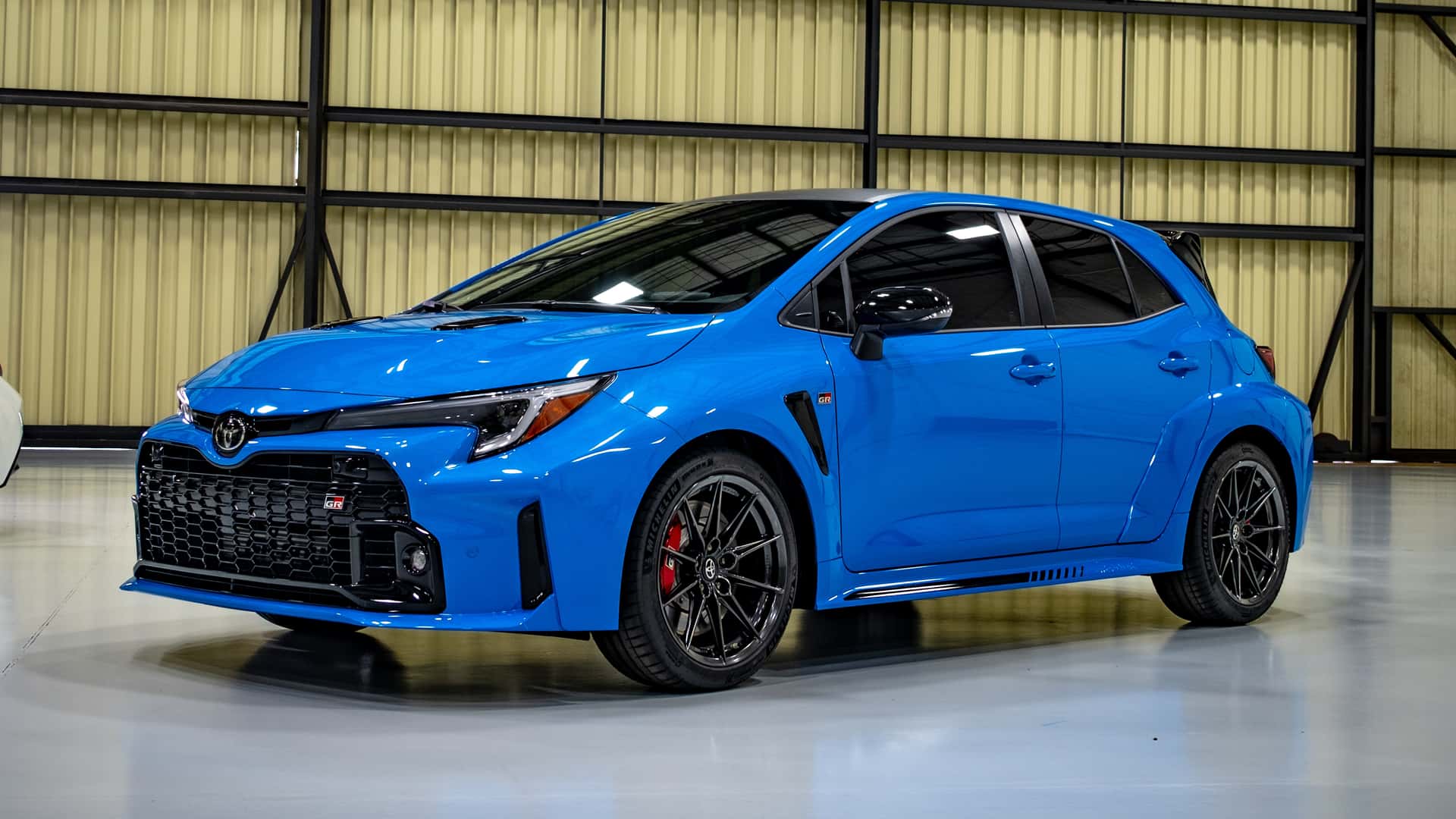
1. Toyota Corolla
The Toyota Corolla has been one of the most reliable and affordable cars to maintain for decades. With a reputation for longevity and efficiency, it’s no wonder that it consistently ranks high when it comes to low maintenance costs.
One of the key reasons for this is Toyota’s wide availability of parts, which are relatively inexpensive. In addition, the Corolla’s simple design means fewer complex systems could break down or require expensive repairs.
Routine services such as oil changes, tire rotations, and brake checks for a Toyota Corolla are relatively inexpensive. Toyota’s reputation for building durable, reliable vehicles means fewer breakdowns, which reduces long-term maintenance costs.
Furthermore, the Corolla’s fuel efficiency ensures that drivers won’t have to spend a lot on fuel, reducing the cost of ownership. With its consistent reliability and low-maintenance features, the Corolla remains a top choice for budget-conscious drivers.
Moreover, Toyota’s commitment to quality control means that the Corolla has one of the highest resale values in its class, making it a wise investment. As many parts are readily available, DIY repairs are also a viable option for some owners, which further cuts down on maintenance costs.
It’s not unusual for Corolla owners to easily reach 200,000 miles or more without encountering significant issues, making it an excellent option for long-term ownership.
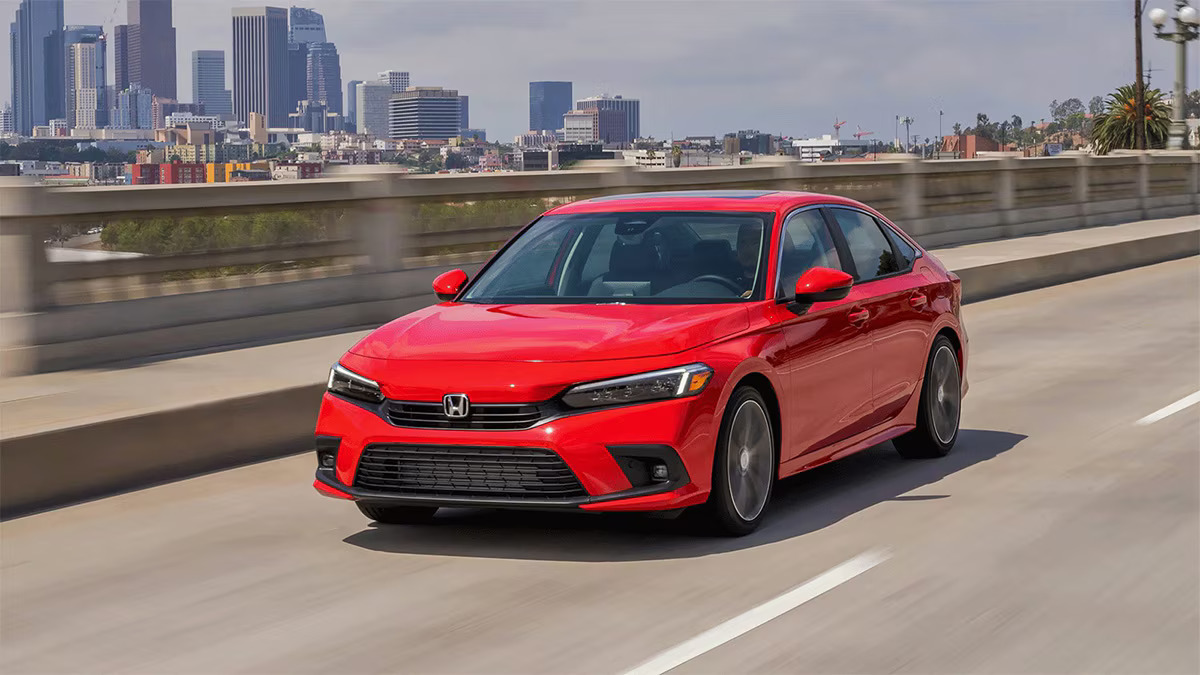
2. Honda Civic
The Honda Civic is another compact car that has gained a reputation for being one of the most affordable to maintain. Over the years, the Civic has earned praise for its durability, fuel efficiency, and relatively low repair costs.
Like the Toyota Corolla, the Civic is known for its simple design, which means fewer complicated parts that could malfunction and lead to expensive repairs.
The parts for a Honda Civic are widely available, and because the model is so popular, many mechanics are familiar with its systems, ensuring that labor costs are often lower. Additionally, the Civic’s reputation for reliability means that it has fewer major repair needs.
For instance, engine and transmission issues are rare, and many Civic owners report that their cars run smoothly for years without major mechanical failures.
Regular maintenance, such as oil changes, brake repairs, and tire rotations, is typically inexpensive, which makes the Civic an ideal option for drivers looking to minimize their maintenance budget.
Honda’s commitment to innovation and quality ensures that the Civic’s technology and systems, while advanced, remain relatively straightforward to repair. The Civic’s engine, for example, is known for being durable and easy to service.
As a result, Civic owners can expect fewer visits to the mechanic, translating to lower maintenance costs throughout the vehicle’s lifespan. For these reasons, the Honda Civic continues to be a leading choice for drivers who prioritize low-cost ownership.
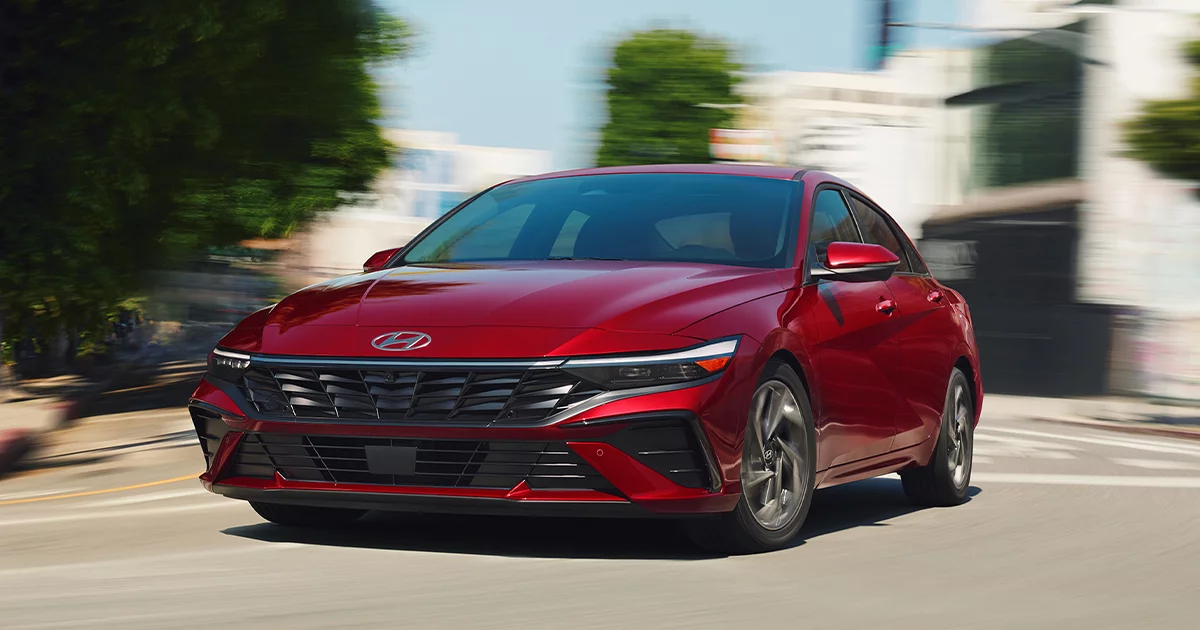
3. Hyundai Elantra
The Hyundai Elantra has emerged as one of the best compact sedans in terms of both initial purchase price and long-term maintenance costs. Hyundai’s commitment to providing high-quality, affordable vehicles is evident in the Elantra’s low repair costs.
Its parts are typically cheaper than those for many other brands, and because the Elantra has become quite popular, there are plenty of service centers familiar with the model, further lowering repair expenses.
Another factor that contributes to the Elantra’s low maintenance costs is its impressive reliability record. With fewer mechanical failures and a simple yet efficient design, the Elantra requires fewer costly repairs over the years.
Regular maintenance, such as oil changes, tire rotations, and brake repairs, is usually affordable. Furthermore, Hyundai’s long warranty coverage—often extending to 10 years or 100,000 miles—adds peace of mind to the owners, as it can cover many expensive repairs during the first few years of ownership.
Moreover, the Elantra boasts impressive fuel efficiency, which reduces the cost of ownership. Lower fuel costs translate into savings over time, which can offset some of the costs of maintenance.
For budget-conscious drivers, the Hyundai Elantra offers a balance of low purchase price, low repair costs, and excellent fuel efficiency, making it an attractive option for those looking to minimize long-term expenses.
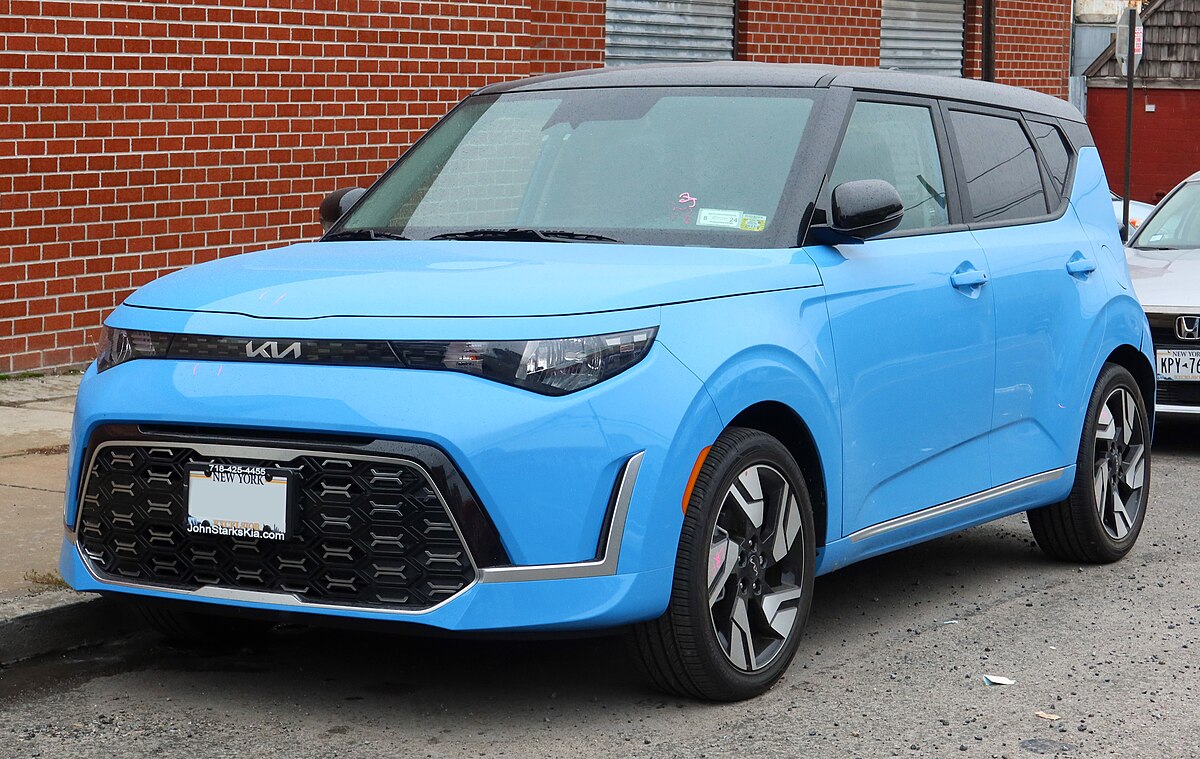
4. Kia Soul
The Kia Soul, known for its unique boxy design and compact size, is another vehicle that stands out for its low maintenance costs. Kia has made significant strides in the automotive market, and the Soul is a testament to the brand’s commitment to offering reliable and affordable cars.
One of the major advantages of the Kia Soul is its low parts cost, which makes repairs and replacements affordable. The availability of parts is widespread, meaning that even in smaller cities, owners can find service centers that can perform repairs at a reasonable price.
The Soul also has an excellent reputation for reliability, with many owners reporting few issues throughout the car’s lifespan. Like other cars in Kia’s lineup, the Soul benefits from a long warranty period, typically covering up to 10 years or 100,000 miles.
This warranty provides owners with added peace of mind, knowing that they won’t have to bear the financial burden of unexpected repairs early in the vehicle’s life. With fewer major mechanical problems, owners can expect to spend less on repairs and maintenance over the years.
In addition to low repair costs, the Kia Soul is also fuel-efficient, which further reduces the cost of ownership. Since many car owners rely on their vehicles for commuting or long-distance travel, the Soul’s fuel economy ensures that drivers won’t be spending excessive amounts on gasoline.
The car’s affordable maintenance and low fuel costs make it an excellent choice for those who want a reliable and budget-friendly car without breaking the bank.
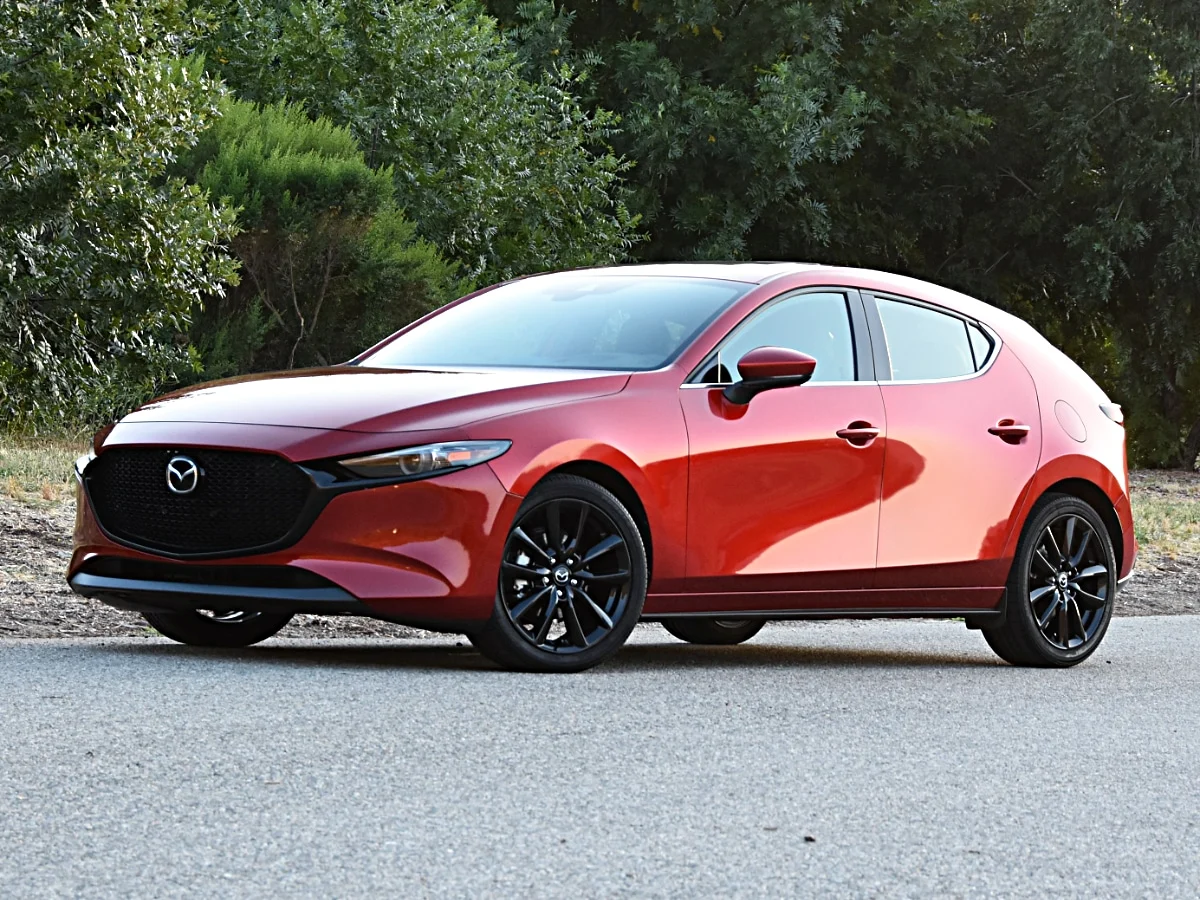
5. Mazda3
The Mazda3 is widely regarded as one of the most reliable cars in its class, and its low maintenance costs are another reason why it stands out. Mazda’s commitment to building durable, efficient vehicles is evident in the Mazda3, which has a reputation for reliability and ease of maintenance.
Parts for the Mazda3 are reasonably priced, and due to the vehicle’s popularity, repair shops are well-equipped to handle any maintenance needs at competitive rates.
Routine maintenance for the Mazda3, including oil changes, tire rotations, and brake repairs, is typically affordable. The car is designed to be easy to service, and its components are generally durable, reducing the likelihood of costly repairs.
In addition to low repair costs, the Mazda3 also boasts excellent fuel efficiency, which can significantly lower the cost of ownership over time. With fewer visits to the mechanic and the car’s reliable performance, the Mazda3 proves to be a great choice for budget-conscious buyers.
Mazda’s approach to engineering vehicles that balance performance and affordability has made the Mazda3 a popular option for those who want a fun-to-drive car with low long-term costs. The combination of affordable maintenance, low repair frequencies, and fuel efficiency ensures that Mazda3 owners can enjoy their vehicles without worrying about excessive ownership expenses.
5 Cars With the Highest Maintenance Costs
While some cars are designed with affordability in mind, others can be quite expensive to maintain due to their complexity, luxury features, or performance-oriented engineering.
These vehicles often come with high-end parts, advanced technologies, and specialized components that can significantly increase repair and maintenance costs over time. Here are five cars that tend to have the highest maintenance costs, making them more expensive to own in the long run.
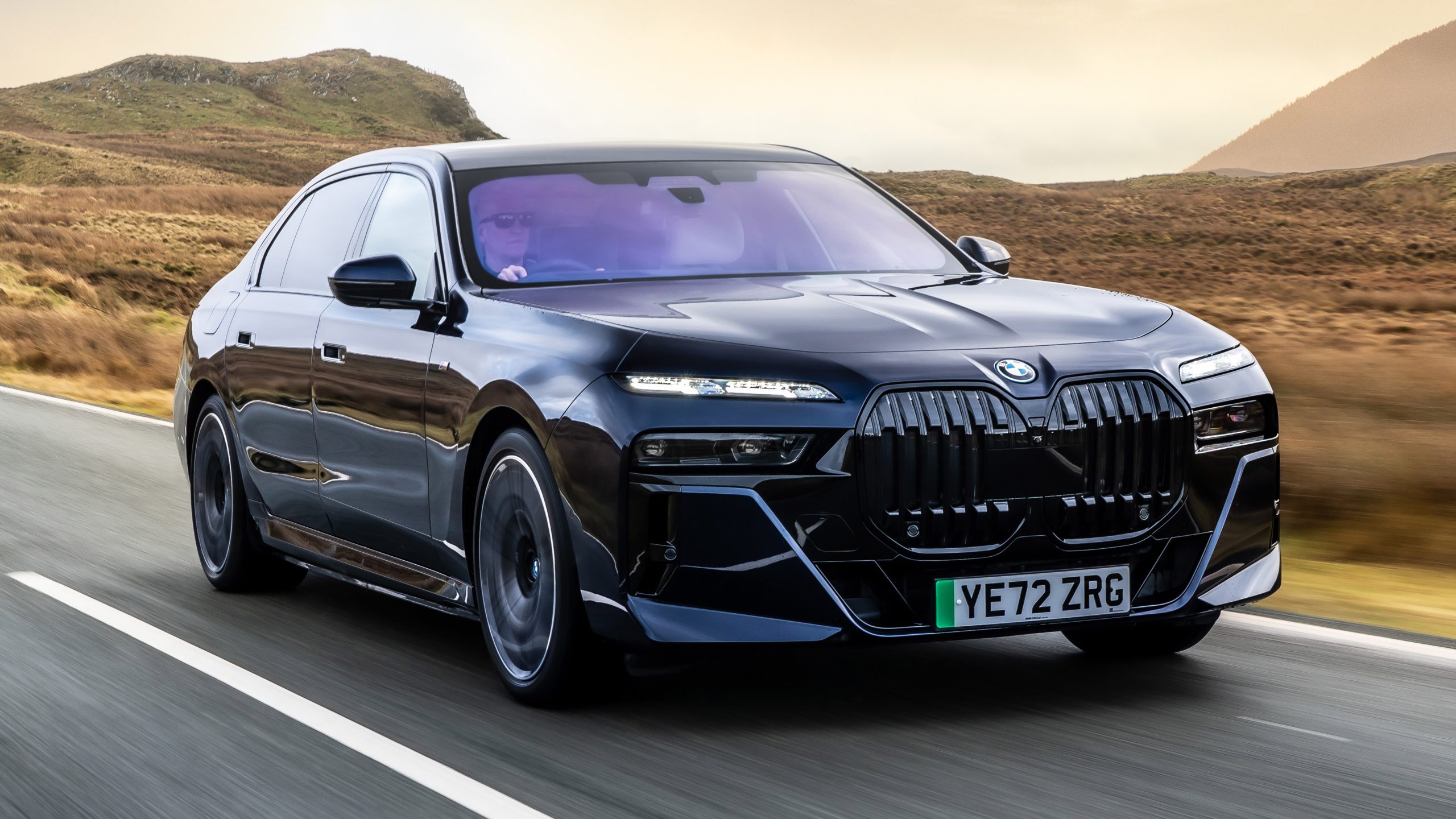
1. BMW 7 Series
The BMW 7 Series is a luxurious full-size sedan that offers cutting-edge technology, exceptional performance, and high-end comfort.
However, these luxury features come at a price, particularly when it comes to maintenance. BMWs, in general, are known for its high repair costs, and the 7 Series is no exception.
With its advanced electronics, complex suspension systems, and intricate engine designs, repairs can quickly add up. Parts for the 7 Series are often expensive, and the specialized nature of the vehicle means that owners must visit BMW-certified mechanics for proper service, which can lead to higher labor costs.
The 7 Series is equipped with a wide range of high-tech features, such as advanced driver-assistance systems, intricate infotainment setups, and luxurious materials. While these features enhance the driving experience, they also increase the likelihood of expensive repairs.
For example, if the vehicle’s suspension system, transmission, or air conditioning requires servicing, the costs can be substantial. Additionally, BMWs are known for having relatively high rates of wear and tear on parts like the timing chain, water pump, and power steering pump, all of which can be costly to repair or replace.
Moreover, while the 7 Series offers remarkable performance and luxurious amenities, these come with a trade-off in reliability. Some owners report frequent visits to the mechanic, particularly when it comes to more expensive issues like engine or transmission failures.
As a result, while the 7 Series offers a prestigious driving experience, its maintenance costs are a significant consideration for potential buyers.
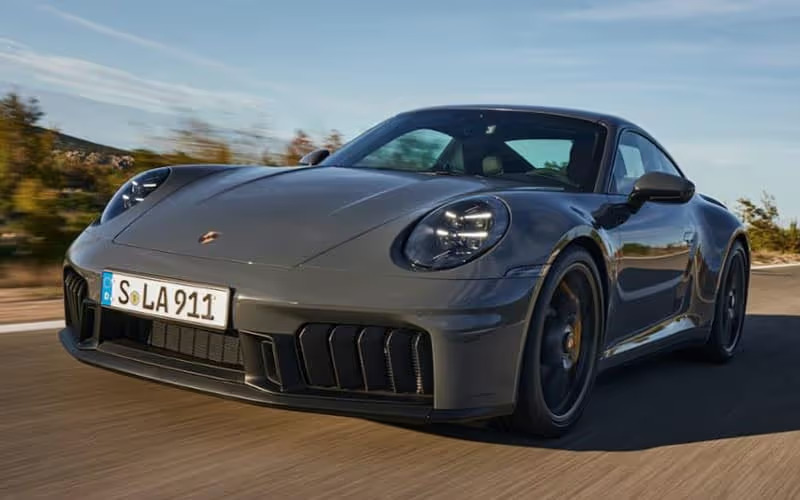
2. Porsche 911
The Porsche 911 is one of the most iconic sports cars in the world, known for its precision engineering, exceptional performance, and timeless design. However, all these factors contribute to the Porsche 911’s high maintenance costs.
As a high-performance sports car, the 911 features an advanced engine, suspension, and braking system, all of which require specialized care.
Additionally, Porsche parts are notorious for being expensive, and repair labor rates at Porsche dealerships tend to be much higher than those of standard repair shops.
Routine maintenance for the 911, such as oil changes and brake pad replacements, can be quite costly due to the high-end nature of the parts used. The 911’s engine and transmission are designed for performance, but they can be prone to wear and tear, particularly if not maintained properly.
This can lead to expensive repairs that may be necessary much earlier than with more conventional vehicles. Furthermore, the Porsche 911’s high-performance tires, which are built to handle the vehicle’s speed and handling, are more expensive to replace than standard tires.
Another factor that contributes to the 911’s high maintenance costs is its specialized servicing. While routine repairs can be performed by general mechanics, more complex issues often require a Porsche-certified technician, which can add to the expense.
For enthusiasts seeking the performance and status of owning a Porsche, the high maintenance costs are often part of the package, but it’s important to consider the ongoing financial commitment involved in keeping the 911 running smoothly.
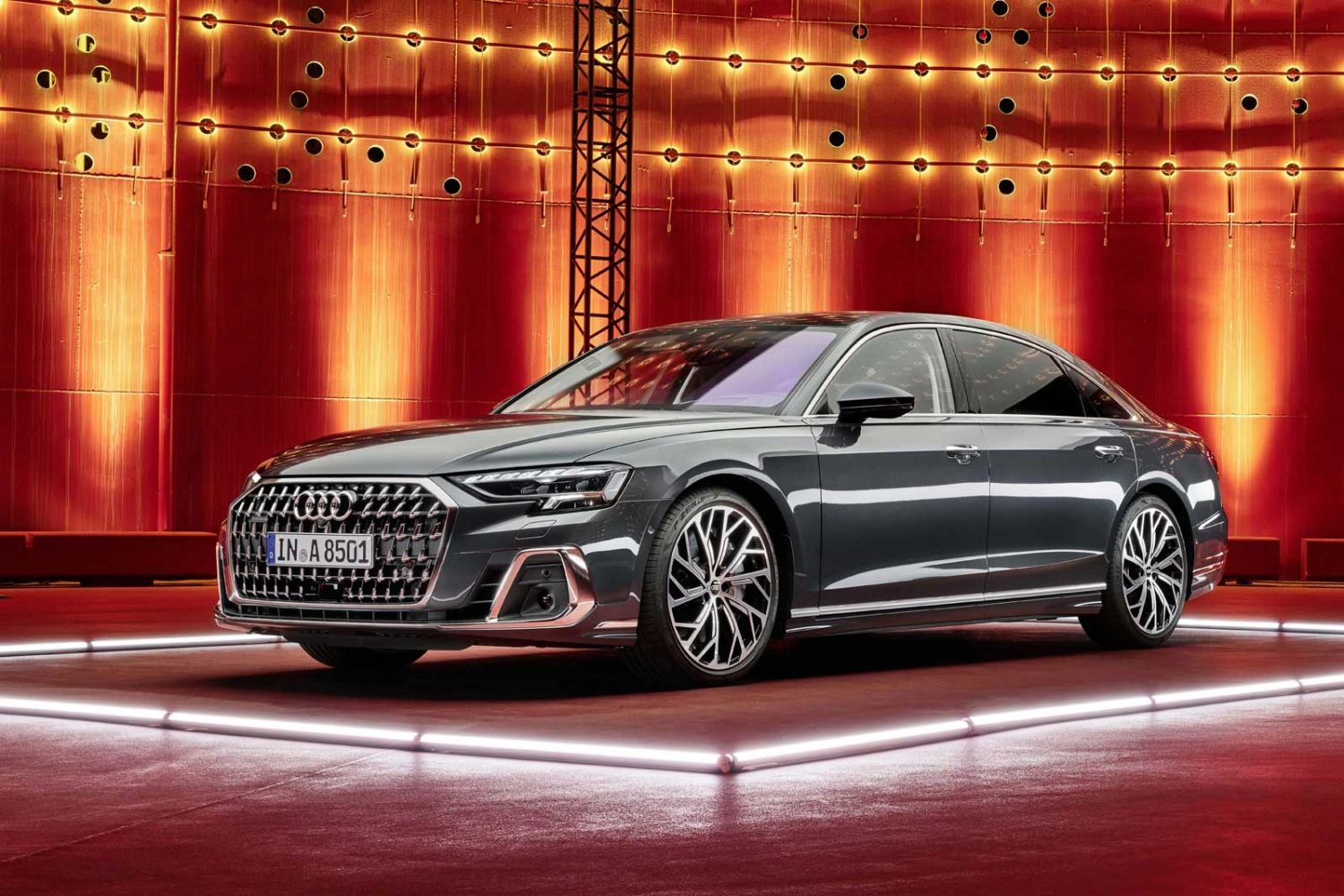
3. Audi A8
The Audi A8 is a luxury sedan that offers a combination of performance, technology, and elegance. Like other high-end German vehicles, the Audi A8 comes with a higher cost of ownership due to its specialized parts, intricate systems, and luxury features.
Audi’s vehicles tend to have complex electronics, advanced safety features, and precision engineering, which all require specialized knowledge and parts to repair. As a result, the A8’s maintenance costs are considerably higher than those of more affordable sedans.
Regular repairs for the Audi A8 can be expensive due to the high-end nature of the components used in the car. Common issues that owners may encounter include problems with the air suspension system, transmission issues, and electronic malfunctions.
Because Audi A8 parts are not as widely available as those for more mainstream brands, repairs often require purchasing expensive OEM parts, and finding a certified Audi technician can increase labor costs.
Additionally, Audi A8 models are equipped with high-tech features like Quattro all-wheel drive and advanced infotainment systems, which require specialized knowledge to maintain.
The Audi A8’s luxury status means that it demands attention to detail and care, but that care often comes with a hefty price tag. While the A8 offers exceptional comfort and performance, these benefits come with the trade-off of higher maintenance costs, especially as the car ages.
For buyers looking for a luxurious and advanced vehicle, the A8 is a great option, but those considering long-term ownership should be prepared for the higher maintenance expenses associated with the model.
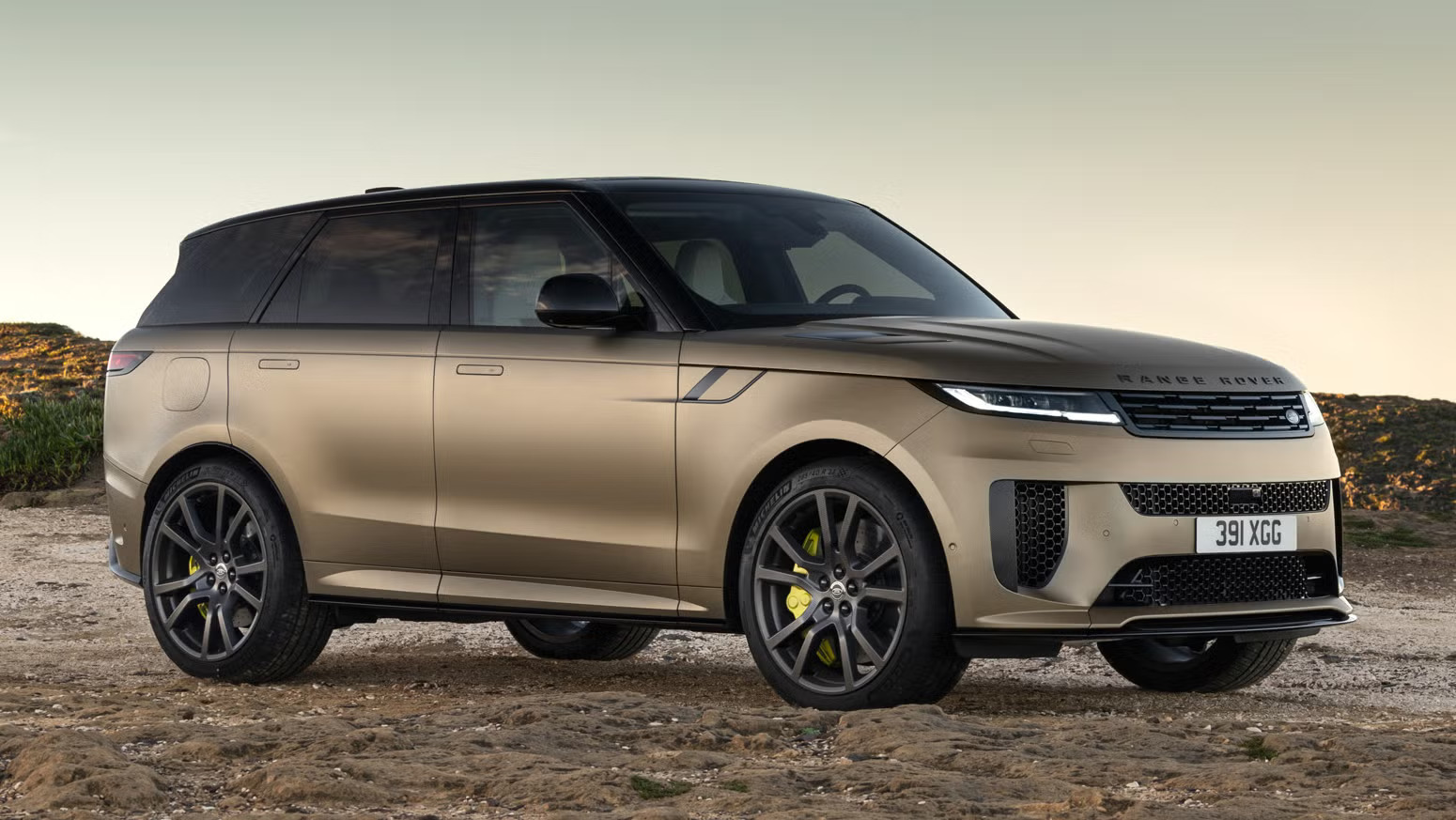
4. Range Rover
The Range Rover is a luxury SUV that offers a combination of off-road capability and on-road comfort. However, this combination of ruggedness and luxury comes with a significant cost in terms of maintenance.
Range Rovers are known for their high repair costs, especially when it comes to their complex air suspension system, electronics, and drivetrain components. While these vehicles are designed for off-road adventures, their intricate systems can be expensive to repair and maintain.
The Range Rover’s air suspension, for example, is prone to failure over time, leading to costly repairs or replacements.
Additionally, Range Rover’s drivetrain components, including the transmission and transfer case, are known to require expensive repairs, particularly if the vehicle has been used heavily off-road.
Routine maintenance services, such as oil changes and tire rotations, tend to be more expensive than average due to the vehicle’s size and specialized systems.
While Range Rover offers a luxurious driving experience, the cost of ownership can be high, especially in terms of maintenance. Owners often face unexpected repair costs, and the need for specialized service providers adds another layer of expense.
For those who want the prestige and off-road prowess of a Range Rover, the high maintenance costs are something to keep in mind, as they can significantly increase the total cost of ownership over the life of the vehicle.
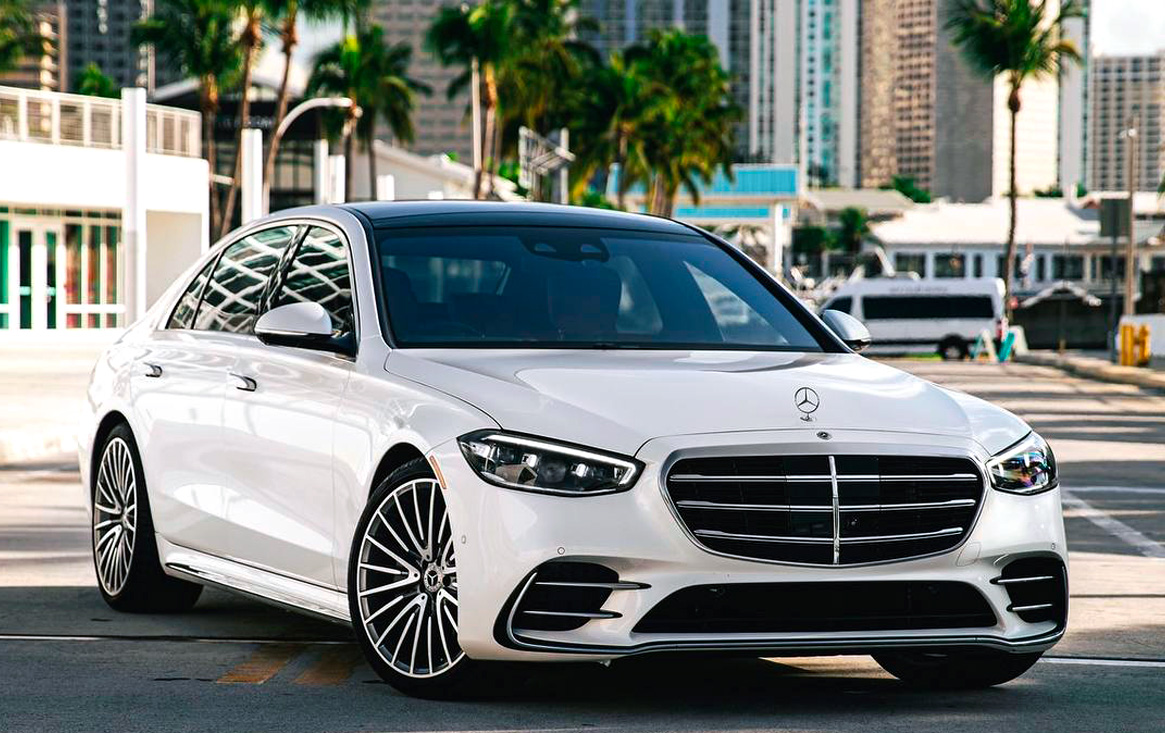
5. Mercedes-Benz S-Class
The Mercedes-Benz S-Class is the epitome of luxury and advanced engineering. Known for its luxurious interiors, cutting-edge technology, and performance, the S-Class is also notorious for its high maintenance costs.
As one of the most sophisticated vehicles on the market, the S-Class requires specialized care that can become quite expensive over time. With complex systems like the air suspension, high-performance engine, and advanced electronics, the S-Class demands regular upkeep and attention to avoid costly repairs.
Routine maintenance for the Mercedes-Benz S-Class, such as oil changes, brake replacements, and fluid checks, can be expensive due to the high-quality components used in the vehicle.
Furthermore, as the S-Class ages, more expensive repairs are often needed, particularly for its complex transmission and suspension systems. Many S-Class owners report issues with the vehicle’s air suspension, which can be costly to repair or replace.
Also read: 10 Cars That Were Supposed to Be Game-Changers but Failed Miserably in the Market
Additionally, the car’s electronics and infotainment systems can sometimes malfunction, leading to expensive troubleshooting and repair costs.
Because of its advanced technology and luxury status, the Mercedes-Benz S-Class is best suited for those who can afford the high costs of ownership, both in terms of purchase price and maintenance.
While the S-Class offers an unmatched driving experience, the high maintenance costs should be factored into the decision-making process for potential buyers.

